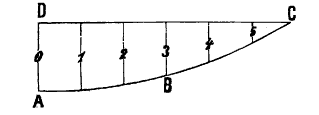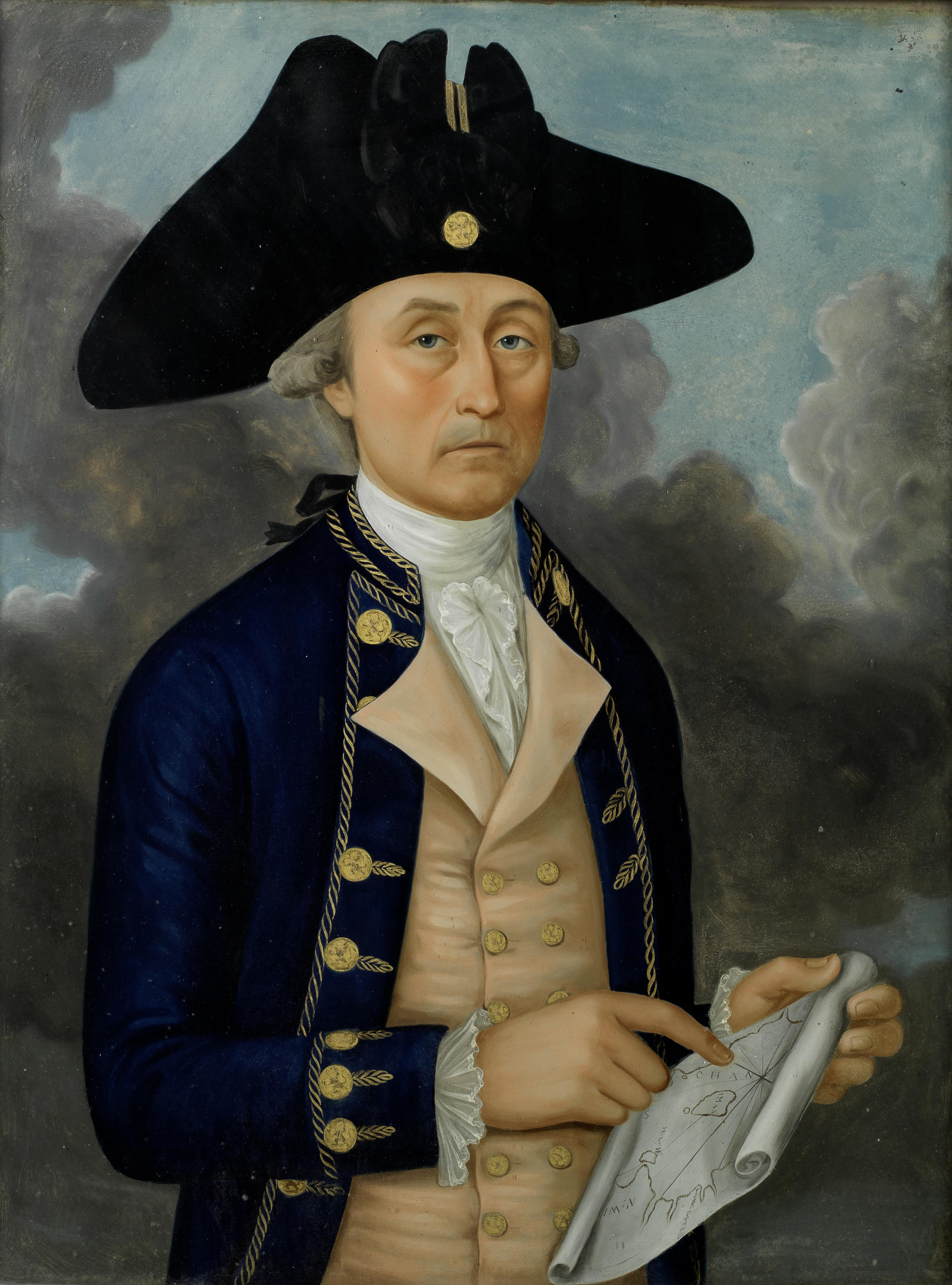|
Ropewalk (Karlskrona)
The Ropewalk ( sv, Repslagarbanan) is a building on the island of Lindholmen in southeastern Sweden. It is located within the naval base in Karlskrona. Dating from 1692, the rope factory terminated production in 1960 but in 2006, after renovation, it was opened to the public with exhibitions and demonstrations of ropemaking. With a length of some , the Ropewalk is Sweden's longest wooden building. History Construction of the two-storey ropewalk began in November 1692 leading to the start of production the following year and reaching full capacity in 1696. As Stockholm's rope factory had burnt down in 1676, the Lindholmen factory was the country's only royal rope factory. By 1726, there were 75 employees at the works, assisted each day by up to 250 hands from the naval base. From 1793, thanks to Joseph Huddart's patented approach, it was possible to produce much stronger rope. But despite attempts by former naval officer Fredrik Henrik af Chapman to adopt the system in Karlskrona ... [...More Info...] [...Related Items...] OR: [Wikipedia] [Google] [Baidu] |
Lindholmen, Karlskrona
Lindholmen is a small island to the immediate south of the city of Karlskrona in the south east of Sweden. Since the end of the 17th century, it has formed part of the Karlskrona Naval Base. It contains a number of facilities for the base including the Polhem Dock (''Pohlhemsdockan'') and the Ropewalk A ropewalk is a long straight narrow lane, or a covered pathway, where long strands of material are laid before being twisted into rope. Due to the length of some ropewalks, workers may use bicycles to get from one end to the other. Many ropew ... (''Repslagarebanan''). ''Länsstyrelsen Blekinge Län''. Retrieved 24 June 2012. References [...More Info...] [...Related Items...] OR: [Wikipedia] [Google] [Baidu] |
World Heritage Site
A World Heritage Site is a landmark or area with legal protection by an international convention administered by the United Nations Educational, Scientific and Cultural Organization (UNESCO). World Heritage Sites are designated by UNESCO for having cultural, historical, scientific or other form of significance. The sites are judged to contain " cultural and natural heritage around the world considered to be of outstanding value to humanity". To be selected, a World Heritage Site must be a somehow unique landmark which is geographically and historically identifiable and has special cultural or physical significance. For example, World Heritage Sites might be ancient ruins or historical structures, buildings, cities, deserts, forests, islands, lakes, monuments, mountains, or wilderness areas. A World Heritage Site may signify a remarkable accomplishment of humanity, and serve as evidence of our intellectual history on the planet, or it might be a place of great natural beauty. A ... [...More Info...] [...Related Items...] OR: [Wikipedia] [Google] [Baidu] |
Industry Museums In Sweden
Industry may refer to: Economics * Industry (economics), a generally categorized branch of economic activity * Industry (manufacturing), a specific branch of economic activity, typically in factories with machinery * The wider industrial sector of an economy, including manufacturing and production of other intermediate or final goods * The general characteristics and production methods common to an industrial society ** Industrialization, the transformation into an industrial society * Industry classification, a classification of economic organizations and activities Places *Industry, Alabama *Industry, California ** Industry station *Industry, Illinois *Industry, Kansas *Industry, Maine * Industry, Missouri * Industry, New York *Industry, Pennsylvania *Industry, Texas *Industry Bar, a New York City gay bar *Industry-Rock Falls Township, Phelps County, Nebraska Film and television * ''Made in Canada'' (TV series), a Canadian situation comedy series also known as ''The Indus ... [...More Info...] [...Related Items...] OR: [Wikipedia] [Google] [Baidu] |
Museums In Blekinge County
A museum ( ; plural museums or, rarely, musea) is a building or institution that cares for and displays a collection of artifacts and other objects of artistic, cultural, historical, or scientific importance. Many public museums make these items available for public viewing through exhibits that may be permanent or temporary. The largest museums are located in major cities throughout the world, while thousands of local museums exist in smaller cities, towns, and rural areas. Museums have varying aims, ranging from the conservation and documentation of their collection, serving researchers and specialists, to catering to the general public. The goal of serving researchers is not only scientific, but intended to serve the general public. There are many types of museums, including art museums, natural history museums, science museums, war museums, and children's museums. According to the International Council of Museums (ICOM), there are more than 55,000 museums in 202 count ... [...More Info...] [...Related Items...] OR: [Wikipedia] [Google] [Baidu] |
Defunct Manufacturing Companies Of Sweden
{{Disambiguation ...
Defunct (no longer in use or active) may refer to: * ''Defunct'' (video game), 2014 * Zombie process or defunct process, in Unix-like operating systems See also * * :Former entities * End-of-life product * Obsolescence Obsolescence is the state of being which occurs when an object, service, or practice is no longer maintained or required even though it may still be in good working order. It usually happens when something that is more efficient or less risky r ... [...More Info...] [...Related Items...] OR: [Wikipedia] [Google] [Baidu] |
Buildings And Structures Completed In 1693
A building, or edifice, is an enclosed structure with a roof and walls standing more or less permanently in one place, such as a house or factory (although there's also portable buildings). Buildings come in a variety of sizes, shapes, and functions, and have been adapted throughout history for a wide number of factors, from building materials available, to weather conditions, land prices, ground conditions, specific uses, prestige, and aesthetic reasons. To better understand the term ''building'' compare the list of nonbuilding structures. Buildings serve several societal needs – primarily as shelter from weather, security, living space, privacy, to store belongings, and to comfortably live and work. A building as a shelter represents a physical division of the human habitat (a place of comfort and safety) and the ''outside'' (a place that at times may be harsh and harmful). Ever since the first cave paintings, buildings have also become objects or canvasses of much artis ... [...More Info...] [...Related Items...] OR: [Wikipedia] [Google] [Baidu] |
Norrköping
Norrköping (; ) is a city in the province of Östergötland in eastern Sweden and the seat of Norrköping Municipality, Östergötland County, about 160 km southwest of the national capital Stockholm, 40 km east of county seat Linköping and 60 km west of the Södermanland capital of Nyköping. The city has a population of 95,618 inhabitants in 2016, out of a municipal total of 130,050,Folkmängd i Norrköpings kommun den 31 December 2010 making it Sweden's tenth largest city and eighth largest municipality. The city is situated by the mouth of the river , at |
Hemp
Hemp, or industrial hemp, is a botanical class of ''Cannabis sativa'' cultivars grown specifically for industrial or medicinal use. It can be used to make a wide range of products. Along with bamboo, hemp is among the fastest growing plants on Earth. It was also one of the first plants to be spun into usable fiber 50,000 years ago. It can be refined into a variety of commercial items, including paper, rope, textiles, clothing, biodegradable plastics, paint, insulation, biofuel, food, and animal feed. Although chemotype I cannabis and hemp (types II, III, IV, V) are both ''Cannabis sativa'' and contain the psychoactive component tetrahydrocannabinol (THC), they represent distinct cultivar groups, typically with unique phytochemical compositions and uses. Hemp typically has lower concentrations of total THC and may have higher concentrations of cannabidiol (CBD), which potentially mitigates the psychoactive effects of THC. The legality of hemp varies widely among countrie ... [...More Info...] [...Related Items...] OR: [Wikipedia] [Google] [Baidu] |
Karlskrona Naval Base
The Karlskrona naval base ( sv, Karlskrona örlogsbas) is the largest naval base of the Swedish Navy. Located in Blekinge in southern Sweden, the base has close ties with the city of Karlskrona. It has an exceptionally well-sheltered location: arcs of islands provide a strong defense not only from the sea but also from land attacks. Two of Sweden's three naval warfare flotillas are based there. It contains the Marinmuseum and the Ropewalk, the longest wooden building in the country. History After Sweden and Denmark ceased hostilities after the Scanian War (1675–1679), King Charles XI of Sweden made a reconnaissance trip in the eastern part of the Blekinge archipelago. The king decreed the construction of a city named "Carlscroona" on the island of Trossön. The major reason for its establishment was to provide the Swedish Navy with a permanent base closer to Denmark, which throughout the 17th century had been the foremost enemy of Sweden. In addition, a shipyard was needed for b ... [...More Info...] [...Related Items...] OR: [Wikipedia] [Google] [Baidu] |
Fredrik Henrik Af Chapman
Fredrik Henrik af Chapman (9 September 1721 in Gothenburg – 19 August 1808) was a Swedish shipbuilder, scientist and officer in the Swedish navy. He was also manager of the Karlskrona shipyard 1782-1793. Chapman is credited as the world's first person to apply scientific methods to shipbuilding and is considered to be the first naval architect. Chapman was the author of ''Architectura Navalis Mercatoria'' (1768) and several other shipbuilding-related works. His ''Tractat om Skepps-Byggeriet'' ("Treatise on Shipbuilding") published in 1775 is a pioneering work in modern naval architecture. He was the first shipbuilder in Northern Europe to introduce prefabrication in shipyards and managed to produce several series of ships in record time. He was ennobled as "af Chapman" in 1772, after the successful coup of Swedish king Gustav III. Youth and early career Fredrik Henrik Chapman was born at Nya Varvet, the royal dockyards in Gothenburg, on 9 September 1721, the son of Thoma ... [...More Info...] [...Related Items...] OR: [Wikipedia] [Google] [Baidu] |
Joseph Huddart
Joseph Huddart FRS (1741–1816) was a British hydrographer, engineer and inventor. He surveyed harbours and coasts but made a fortune from improving the design and manufacture of rope. He was highly regarded in his time, and his likeness featured in an engraving of distinguished men of science. Huddart was chosen to feature in the central group of the picture with M. I. Brunel, James Watt, Matthew Boulton and Thomas Telford. Biography Huddart was born at Allonby in Cumberland. Huddart's father was both a shoemaker, a farmer and a fish smoker. Huddart's natural talents were mathematics and mechanics. Huddart had built models of a mill and a ship of war merely from descriptions he had read about. He initially joined his father's fish processing business. His father had taken advantage of an unusual occurrence and joined with others to start the Herring Fishery Company. Shoals of fish had arrived in the Solway Firth and there was a profit for any who could preserve the fish fo ... [...More Info...] [...Related Items...] OR: [Wikipedia] [Google] [Baidu] |



